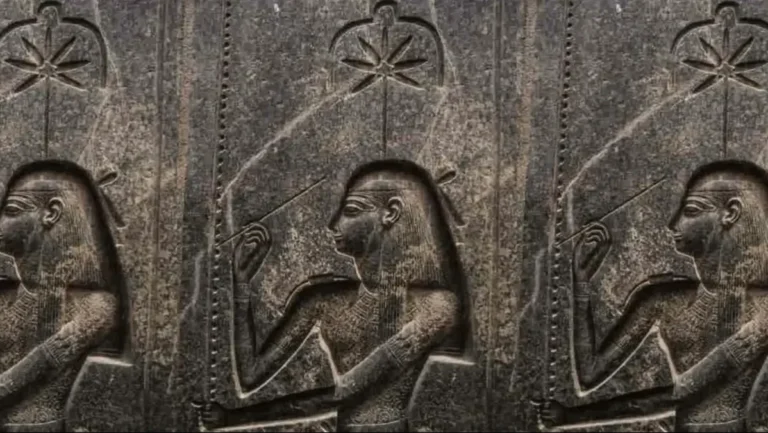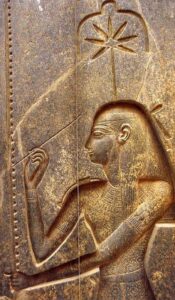Revealing the Mysterious Function of Seshat, the Egyptian Deity of Writing and Architecture

Seshat, revered as the goddess of writing and record-keeping in ancient Egyptian mythology, held a name that spoke volumes about her divine duty – “the one who writes.” Her influence extended across all realms of writing, making her the patroness of various forms of written expression. Beyond this, she assumed the significant role of the “mistress of the house of books,” overseeing the sacred repositories of knowledge – the libraries within the temples.
Her divine craftsmanship wasn’t limited to the metaphysical, as Seshat took an active role in the architectural realm. Temples, the embodiments of spiritual and cultural significance, were under her watchful eye. Not only did she preside over these structures, but she also played an integral part in their design, showcasing her prowess as an architect among the divine.

The title “mistress of the house architects” bestowed upon her was not a mere accolade; it bore a deep connection to the sacred rituals of temple construction. The ritual cord known as “pedj shes” served as a symbolic link between the divine and the earthly, employed to delineate the precise location of a temple during its foundation. In this way, Seshat’s influence reached beyond the ethereal realms, intertwining the spiritual and the practical in the sacred act of temple construction.
